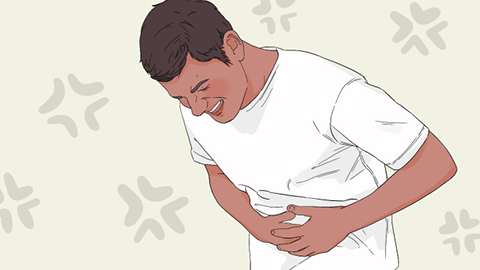How is Naegleria fowleri infection acquired?
Naegleria fowleri, commonly known as the brain-eating amoeba, generally refers to amoebic protozoa. Amoebic infections typically spread through ingestion of contaminated food, contact with contaminated water sources, transmission via soil contact, improper care of contact lenses, and contact with broken skin or mucous membranes. Detailed explanations are as follows:

1. Ingestion of contaminated food: Consuming vegetables, fruits, meat, or other foods contaminated with amoebic cysts that have not been adequately washed or thoroughly cooked allows the cysts to enter the digestive tract through the mouth. When the intestinal environment is suitable, the cysts transform into trophozoites, which invade the intestinal wall, causing infection and resulting in symptoms such as abdominal pain and diarrhea.
2. Contact with contaminated water sources: Drinking untreated river water, lake water, well water, or using contaminated tap water can introduce amoebic cysts and trophozoites into the human body through the mouth. Particularly in areas where water sources are contaminated with feces, the risk of infection increases significantly.
3. Transmission via soil contact: Handling soil contaminated with amoebic protozoa with bare hands may allow the parasites to enter the body through minor skin wounds or damaged areas. If hands are not promptly cleaned afterward and then touch mucous membranes such as the mouth, nose, or eyes, the parasites may invade and cause infection.
4. Improper contact lens care: Using contact lens solutions contaminated with Acanthamoeba or failing to properly clean and store contact lenses can result in parasites adhering to the lens surface. During wear, these parasites come into contact with corneal tissue, causing ocular infections such as keratitis and vision impairment.
5. Contact with damaged skin or mucous membranes: When the skin has wounds or ulcers, or when mucous membranes in areas such as the nasal passages, mouth, or eyes are damaged, direct contact with contaminated sewage or soil containing amoebic protozoa allows the parasites to enter the bloodstream through the damaged areas and spread to other organs, leading to multi-site infections.
It is important to maintain good hygiene in daily life, including washing and cooking food thoroughly and consuming safe water sources. Avoid contact with untreated natural water bodies and soil. When skin or mucous membranes are damaged, appropriate protective measures should be taken to avoid contact with suspected contaminants and reduce the risk of infection.






